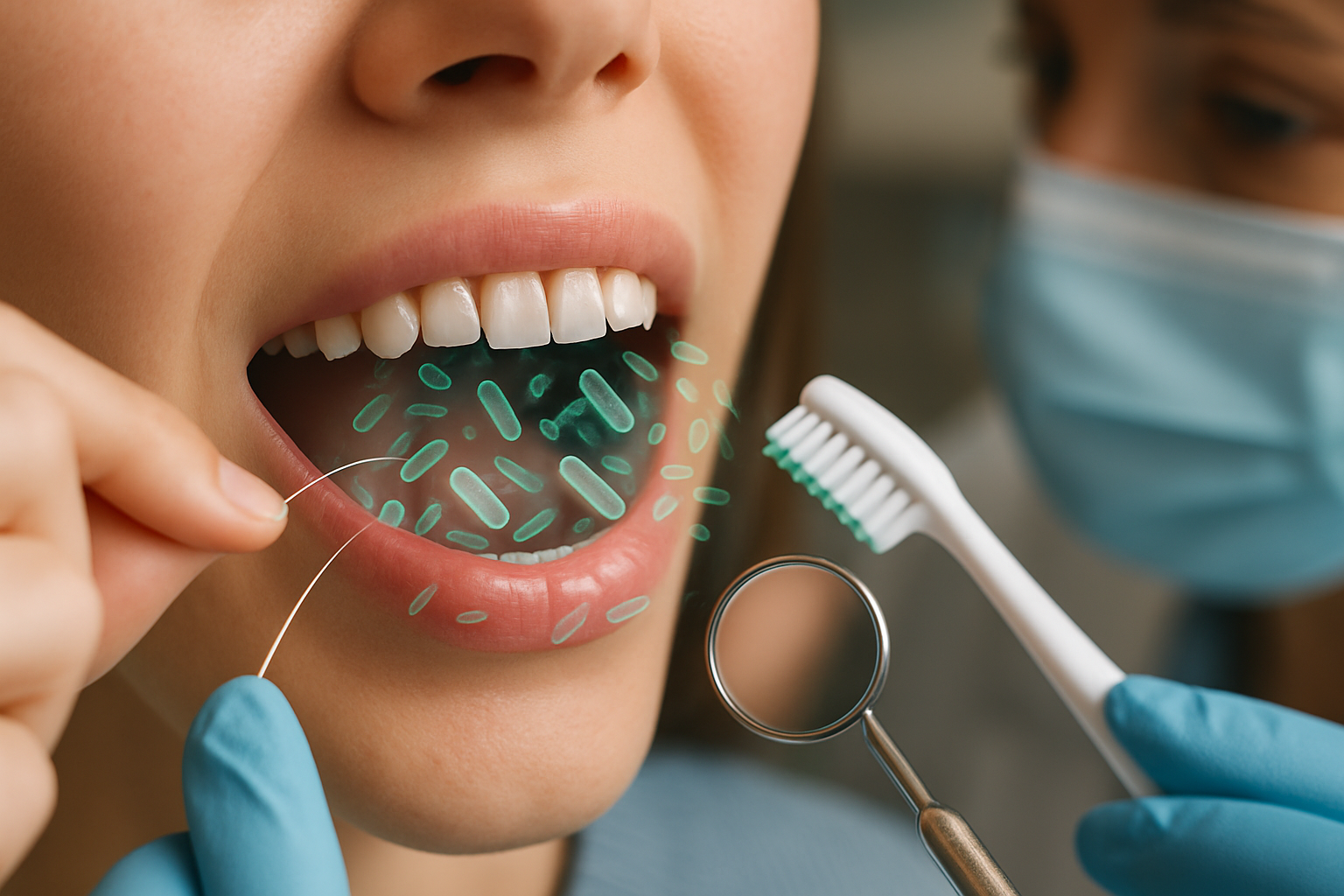Understanding Screwless Dental Implants: Benefits and Technology
Screwless dental implants represent a significant advancement in dental restoration technology, offering patients a more comfortable alternative to traditional implant systems. These innovative devices eliminate the need for screws by using alternative attachment methods that can reduce surgical complexity while providing stability for replacement teeth. For many patients seeking tooth replacement solutions, this newer approach offers distinct advantages worth exploring.

Modern dentistry continues to evolve with innovative solutions that address the limitations of traditional implant systems. Screwless dental implants have emerged as a compelling alternative, utilizing advanced attachment mechanisms that differ significantly from conventional screw-retained prosthetics. These systems rely on specialized connectors, magnetic attachments, or precision-fit components that create secure connections without requiring access screws.
What Are Screwless Dental Implants? Revolutionary Design
Screwless dental implants utilize alternative retention mechanisms instead of traditional screws to secure prosthetic crowns, bridges, or dentures to implant fixtures. The revolutionary design typically employs cement-retained crowns, magnetic attachments, or precision ball-and-socket connections. Unlike screw-retained systems that require access holes through the chewing surface, screwless designs maintain the natural contours of artificial teeth. The implant fixture itself still requires surgical placement into the jawbone, but the prosthetic attachment method eliminates visible screw access points.
Why Choose Screwless Implants? Top Benefits & Advantages
Screwless implant systems offer several advantages over traditional screw-retained options. The absence of access holes creates superior aesthetics, particularly important for front teeth where appearance matters most. Maintenance becomes simpler without screw loosening concerns, and the sealed design may reduce bacterial infiltration around the prosthetic connection. Food particle accumulation decreases significantly without access holes, improving oral hygiene. The streamlined design often results in more natural-feeling restorations that closely mimic natural tooth contours and surfaces.
How Screwless Dental Implants Work: A Secure Solution
The secure solution relies on various attachment mechanisms depending on the specific system chosen. Cement-retained crowns use dental cement to bond the prosthetic permanently to the implant abutment, creating a strong, seamless connection. Magnetic attachment systems employ rare earth magnets embedded in both the implant and prosthetic components, allowing for removable yet secure retention. Ball-and-socket designs feature precision-machined components that snap together with controlled retention force. Each mechanism provides reliable attachment while eliminating the need for traditional screw access.
Discover Affordable Screwless Dental Implants Today
Affordable screwless dental implant options vary significantly based on the specific system, geographic location, and provider expertise. Treatment costs typically range from $3,000 to $6,000 per implant, including the surgical placement, abutment, and prosthetic crown. Magnetic attachment systems may cost additional $500 to $1,500 per unit compared to traditional cement-retained options. Geographic variations can impact pricing substantially, with urban areas generally commanding higher fees than rural locations.
| Provider Type | Average Cost Range | Key Features |
|---|---|---|
| General Dentist | $3,000 - $4,500 | Basic cement-retained systems |
| Oral Surgeon | $4,000 - $5,500 | Surgical expertise, premium materials |
| Prosthodontist | $4,500 - $6,000 | Specialized prosthetic design |
| Dental Schools | $2,500 - $3,500 | Supervised student treatment |
Prices, rates, or cost estimates mentioned in this article are based on the latest available information but may change over time. Independent research is advised before making financial decisions.
Screwless Implants for Seniors: High Success & Comfort
Screwless implants for seniors offer high success rates and enhanced comfort, particularly beneficial for patients with dexterity limitations or complex oral health needs. The simplified maintenance requirements make these systems ideal for elderly patients who may struggle with traditional implant care protocols. Success rates typically exceed 95% when proper case selection and surgical protocols are followed. The reduced mechanical complexity minimizes potential complications, while the improved aesthetics boost confidence and quality of life. Seniors often appreciate the permanent nature of cement-retained options that eliminate concerns about loose components.
Proper candidate selection remains crucial for optimal outcomes with screwless implant systems. Adequate bone density, healthy gums, and realistic expectations contribute to treatment success. Regular dental maintenance and professional cleanings ensure long-term stability and function. While these systems offer numerous advantages, they may not be suitable for all clinical situations, making professional consultation essential for determining the most appropriate treatment approach.
This article is for informational purposes only and should not be considered medical advice. Please consult a qualified healthcare professional for personalized guidance and treatment.




